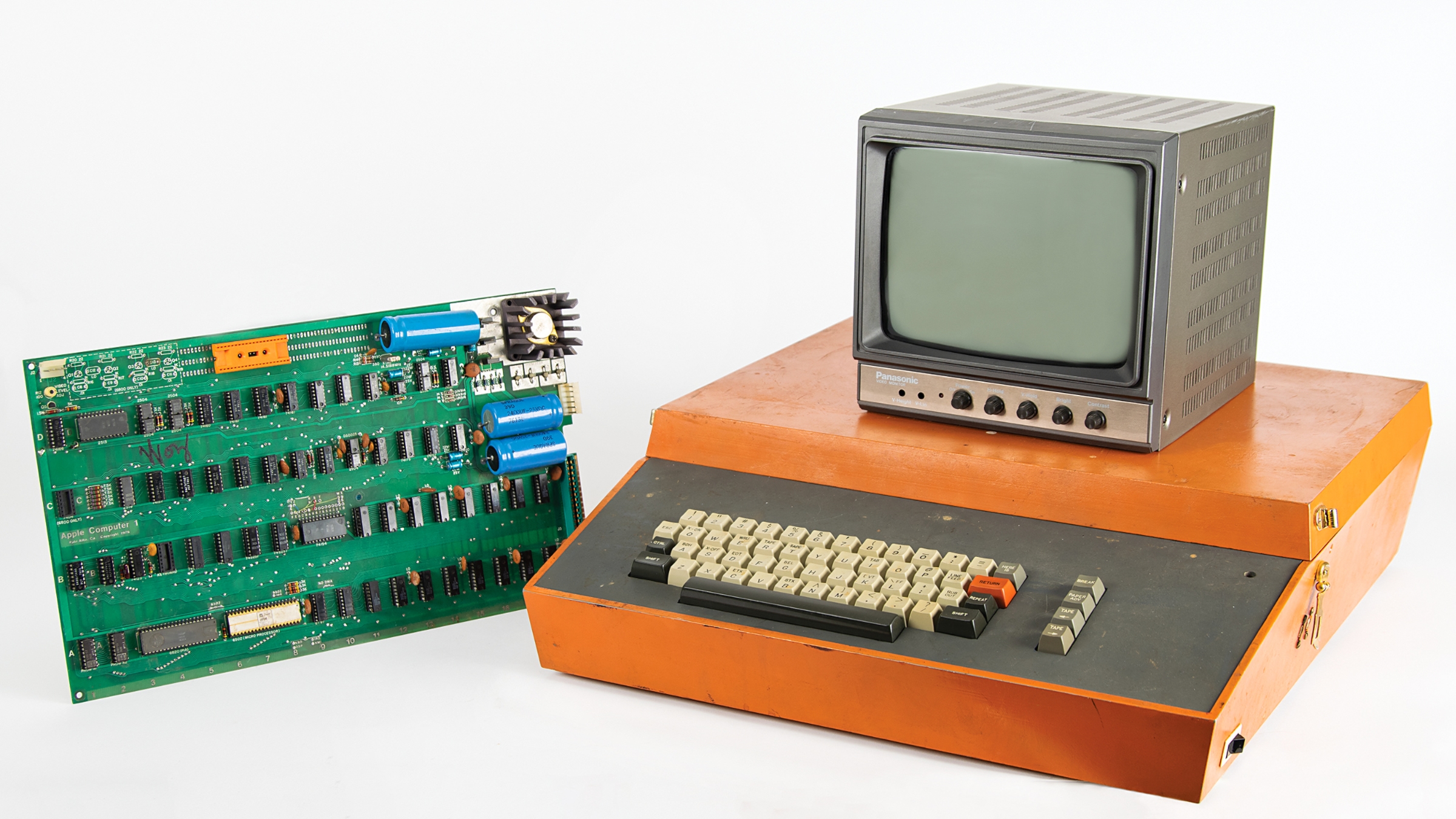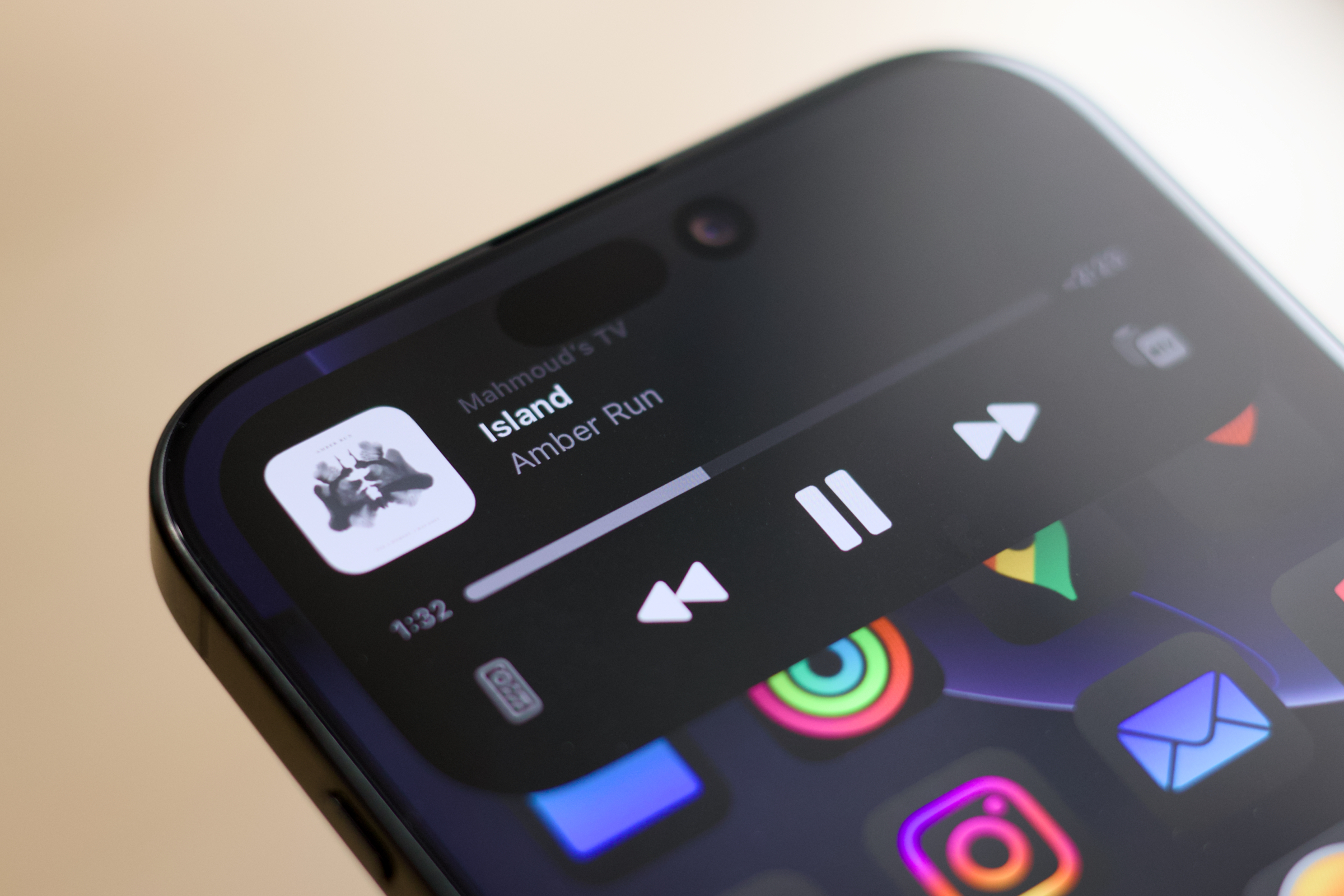Now Reading: 50 Years Ago, a Keystroke That Transformed Apple and Technology
-
01
50 Years Ago, a Keystroke That Transformed Apple and Technology
50 Years Ago, a Keystroke That Transformed Apple and Technology

Fast Summary
- fifty years ago,Steve Wozniak and Steve Jobs revolutionized the computing world with the Apple I,steering Apple toward its trajectory as one of the most valuable companies globally.
- The innovation made home-based computer use affordable and feasible by enabling typing on a keyboard with characters directly displayed on a screen-a groundbreaking concept at that time.
- The Apple I differed from predecessors like the Altair 8800 by integrating both input processing and output display within one system at an affordable cost-priced at $666.66.
- Wozniak engineered this prototype using budget-friendly parts, such as a $20 processor compared too much pricier alternatives in contemporaneous computers.
- The device lacked peripherals like keyboards or cases but was revolutionary for its ease of use, compatibility with TVs, size to fit desks, and direct interaction capability without bulky terminals.
- Jobs convinced Wozniak that their creation should not only be shared but sold commercially; thus forming Apple Inc., leading to transformative changes in personal computing.


Indian Opinion Analysis
The story behind Apple’s early technological breakthroughs offers lessons for India’s burgeoning tech industry. By combining accessibility through affordability with groundbreaking yet simplified innovation, Jobs and Wozniak demonstrated how technology can be democratized for mass consumption. For India-a country seeking greater digital inclusivity-such principles are crucial in developing products targeting diverse socioeconomic strata. Just as Wozniak’s engineering brilliance paired seamlessly with jobs’s business acumen to create profound societal impacts, Indian businesses could benefit from fostering collaborations between technical expertise and entrepreneurial vision.
This past milestone also underscores how disruptive technologies begin modestly before scaling globally.As India pushes further into advanced sectors like artificial intelligence and semiconductor manufacturing while remaining committed to low-cost solutions (e.g., affordable smartphones or internet access), it has an prospect to emulate these lessons while creating innovations tailored to domestic needs.
























